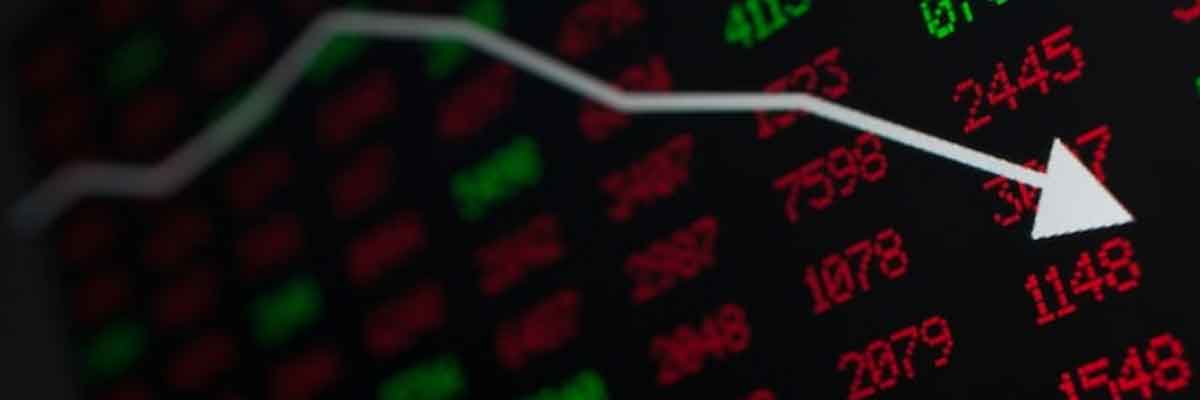BLOG
11-May-22
The Season of IPOs is back again!! Here's what to expect from the IPOs that are coming in 2nd half of 2022.
NEWS
10-May-22
आज के कारोबार में सबसे ज्यादा गिरावट मेटल स्टॉक्स में दर्ज हुई.

NEWS
10-May-22
Tata Teleservices is consolidating in a triangle formation and has started moving higher after finding support near Rs 120.

NEWS
09-May-22
Shares of ITC witnessed a massive selloff in the last 2 years which pushed the stock from its recent high of around Rs 300 which was seen back in May 2019.

NEWS
09-May-22
There will be some pressure on LIC’s market share in the near term it is unlikely to go below 50 percent as it has strong brand recall, says Gupta

NEWS
09-May-22
Campus' trading premium in the unlisted market (grey market) declined to Rs 60 per share on May 7, down from Rs 95 on May 4.

NEWS
06-May-22
Power Grid has made fresh life time highs this week and is sustaining at higher levels which shows strong strength of the stock.

NEWS
06-May-22
Currently, the index is close to the 61.8 percent Fibonacci retracement level (15,671-18,114), and the 16,600 level would be critical.

NEWS
02-May-22
CharThe stock rose more than 5 per cent in a week, and over 12 per cent in a month – outperforming benchmark indices in the same period.

NEWS
29-Apr-22
With regards to benchmark indices, we expect Nifty to continue trading in the range of 16,800-17,450

NEWS
29-Apr-22
Aditya Birla Capital is showing strength as the stock broke above the previous week high in Monday's session.

NEWS
27-Apr-22
Adani Ports is a high beta stock and the consensus recommendation from 19 analysts for Adani Ports & Special Economic Zone Ltd.

NEWS
27-Apr-22
Foreign institutional investors net sold shares worth Rs 1,174.05 crore,

NEWS
21-Apr-22
Based on the open interest future percentage, here are the 118 stocks including

BLOG
19-Apr-22
IPO of LIC is almost here. And, we have covered details in this post. To learn more about the IPO of LIC scroll down.
BLOG
19-Apr-22
When it comes to TAX saving ELSS is the best instrument. Today in our post we will describe how ELSS will help you as a TAX saving Instrument.

NEWS
18-Apr-22
Thermax has been moving in a rational uptrend with higher highs and higher lows formation.

NEWS
18-Apr-22
Investors holding the stock can remain invested while fresh money can be deployed on dips,

NEWS
12-Apr-22
Going ahead Malay Thakkar of GEPL Capital expects Gujarat Ambuja Exports to move higher



.webp)



